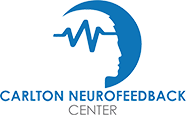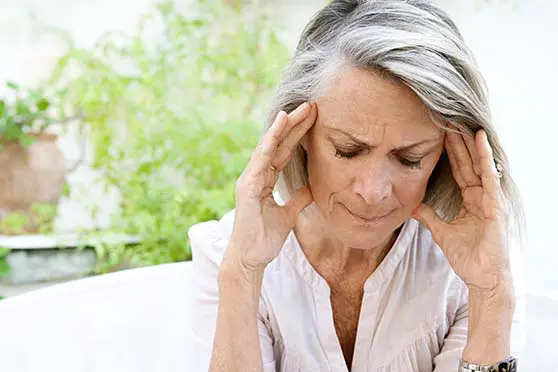One Way to Relieve Them Without Medication
Nearly 30 million people in the U.S. have reported experiencing intense, throbbing migraine headaches that may last up to two days. According to the U.S. Department of Health and Human Services Office of Women’s Health, migraine headaches disproportionally affect women; three out of four sufferers are women. While the exact cause or causes are unknown, researchers believe that migraines may result from chemical imbalances in the brain, which cause it to become overly stimulated. A variety of factors in combination may trigger this cycle that leads to inflammation and severe pain. When people seek help for their migraines, they are often advised to start a headache diary to pinpoint common triggers.
Stress and Lack of Sleep
Being overwhelmed, exhausted, anxious, or depressed can set off a migraine attack in some. Similarly, a lack of sleep or too much sleep can do the same thing. Because these symptoms often go together, lifestyle changes can be helpful. Regular exercise, healthy meals, and outlets for self-care can have a protective effect from the challenges and stresses of daily living.
Hunger and Dehydration
Skipping meals or not drinking enough water can also lead to a migraine, so having a headache journal is important for documenting your symptoms and what you ate or drank. Certain foods and additives are also known to be common triggers for these headaches:
- Alcohol (also can be dehydrating)
- Aspartame, an artificial sweetener
- Monosodium Glutamate (MSG), a flavor-enhancing additive
- Nitrites, preservatives often found in processed meats
- Tyramine, a naturally-occurring amino acid derivative often found in aged or fermented foods
- Caffeine
Medications and the Rebound Effect
Because of the intense pain that migraines cause, it is natural for people to seek pain medication, either over the counter or by prescription. Unfortunately, medications do not always solve the problem and can come with unwanted side effects. One of the most annoying side effects is frequent pain medication can trigger a migraine. These analgesic rebound headaches or rebound headaches are a vicious cycle that may require a physician’s intervention.
Hormones and Environmental Influences
Women are at higher risk of migraines when their hormones fluctuate, such as during their menstrual cycles. This is why birth control pills can help some women regulate those highs and lows. Other environmental influences, such as changes in weather, overpowering smells, bright lights, and loud sounds, can also precipitate a headache. It is often not just one trigger but a combination of several that can get a migraine cycle going.
Neurofeedback, a Non-Invasive Treatment
While there is great variability in each migraine sufferer’s experience, training the brain to become more adept at self-regulation can short-circuit the inflammation process that causes migraine pain altogether. Neurofeedback can help your brain learn new ways to respond to your personal triggers, which can lead to less frequent and less severe migraines. One research study on the effectiveness of neurofeedback on migraines documented a 50% reduction in migraines for 70% of those participating in the study, outperforming medications. These effects lasted 14 months after treatment was completed.
Relief is Available
If you or a loved one is suffering from debilitating migraine pain, neurofeedback may be able to reduce the severity and frequency of those headaches. Dr. Ed Carlton, DC, BCN, a licensed chiropractor and certified neurofeedback provider, offers free evaluations to patients who want to explore whether this non-invasive, pain-free therapy may be right for them. Learn about neurofeedback treatments for migraines and read Dr. Carlton’s story.


